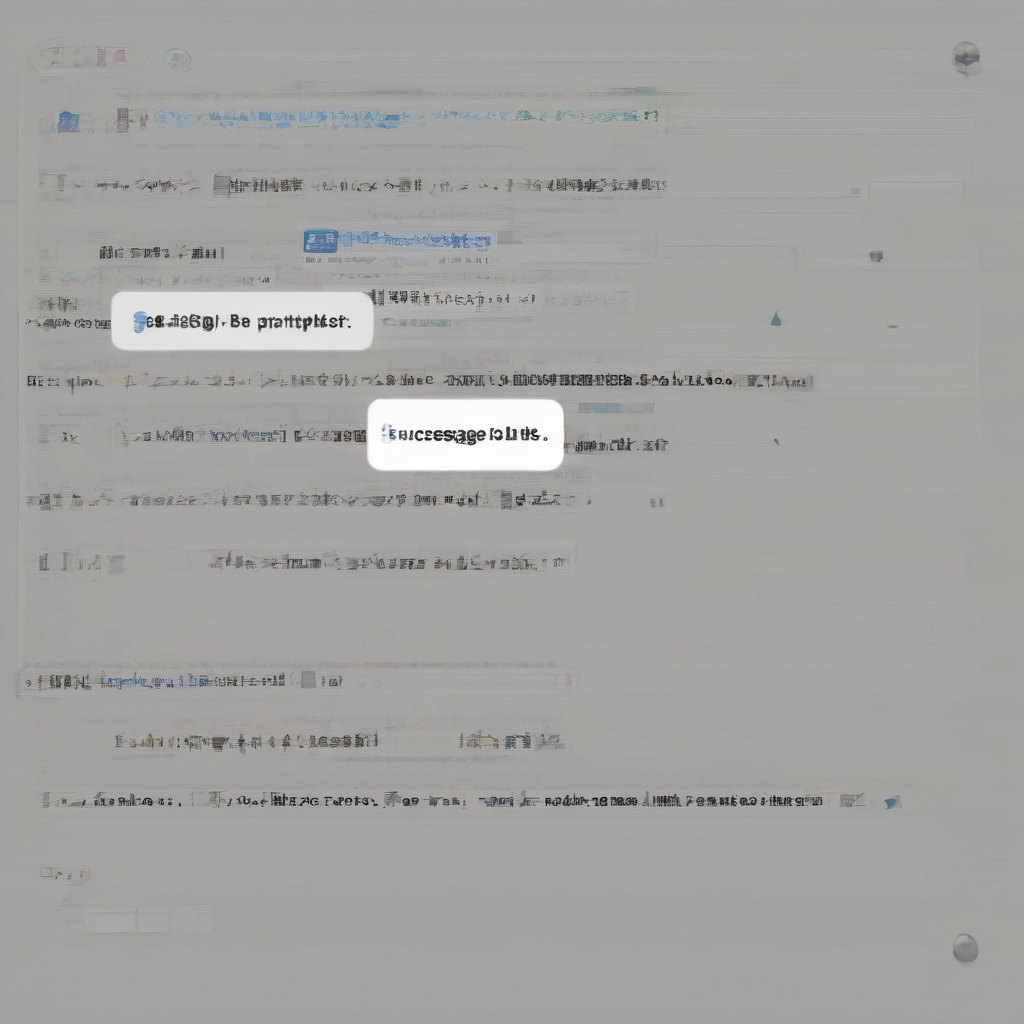Check Printing Software: A Comprehensive Guide to Selection, Features, and Implementation
Check printing software has evolved significantly, transforming from simple applications to sophisticated tools capable of streamlining financial processes, enhancing security, and reducing administrative burdens for businesses of all sizes. This guide provides a comprehensive overview of check printing software, covering key selection criteria, essential features, implementation considerations, and potential challenges.
Understanding the Need for Check Printing Software
- Increased Efficiency: Manual check writing is time-consuming and prone to errors. Software automates the process, significantly reducing processing time and improving accuracy.
- Enhanced Security: Sophisticated check printing software incorporates security features like MICR encoding, preventing fraud and ensuring the legitimacy of checks.
- Reduced Costs: Automating check printing minimizes labor costs and reduces the risk of costly errors associated with manual processing.
- Improved Accuracy: Software eliminates human error, ensuring accurate check amounts, payee information, and other crucial details.
- Better Tracking and Reporting: Check printing software often integrates with accounting systems, providing comprehensive tracking and reporting capabilities.
- Compliance: Software helps businesses meet regulatory compliance requirements related to check printing and financial record-keeping.
Key Features of Effective Check Printing Software
- MICR Encoding: Magnetic Ink Character Recognition (MICR) encoding is crucial for check processing by banks. Reliable MICR encoding capabilities are essential.
- Check Security Features: Software should include features like check number sequencing, voiding capabilities, and security templates to prevent fraud.
- Integration with Accounting Systems: Seamless integration with accounting software like QuickBooks, Xero, or Sage is vital for streamlined financial management.
- Customizable Templates: The ability to create custom check templates tailored to specific business needs is highly desirable.
- Batch Processing: The capacity to print multiple checks in a single batch significantly speeds up the process.
- Data Import/Export: Easy import and export of data from spreadsheets or databases simplifies data entry and management.
- Reporting and Analytics: Detailed reports on check printing activity, including check numbers, dates, amounts, and payees, provide valuable insights.
- User-Friendly Interface: Intuitive software design makes the process easy to learn and use, even for non-technical users.
- Audit Trails: A comprehensive audit trail documents all check printing activities, ensuring accountability and transparency.
- Support for Multiple Check Sizes and Styles: Flexibility to accommodate different check sizes and styles is crucial for businesses with varying requirements.
- Remote Access and Collaboration: Cloud-based solutions enable remote access and collaboration, facilitating efficient workflow in distributed teams.
- Support for Multiple Users: The ability to manage multiple user accounts with different access levels enhances security and control.
- Automated Reconciliation: Some advanced software solutions offer automated reconciliation features, streamlining the reconciliation process with bank statements.
- Electronic Check Payment Options: Integration with electronic payment gateways enables businesses to offer both physical and electronic check payment options.
Selecting the Right Check Printing Software
- Business Size and Needs: Consider the volume of checks printed, the complexity of financial processes, and the level of integration required with existing systems.
- Budget: Check printing software solutions range in price, from basic, affordable options to more comprehensive, enterprise-level solutions.
- Software Compatibility: Ensure compatibility with existing accounting software, operating systems, and printers.
- Security Features: Prioritize software with robust security features to protect sensitive financial information.
- Ease of Use: Choose user-friendly software that can be easily learned and used by staff with varying levels of technical expertise.
- Customer Support: Reliable customer support is vital for troubleshooting issues and getting assistance when needed.
- Scalability: Select software that can scale to accommodate future growth and increasing check printing volumes.
- Vendor Reputation: Research the vendor’s reputation, looking for reviews and testimonials from other users.
- Trial Periods: Take advantage of free trials or demos to test the software before committing to a purchase.
- Future-Proofing: Consider the long-term viability of the software and the vendor’s commitment to updates and improvements.
Implementing Check Printing Software
- Planning and Preparation: Carefully plan the implementation process, including data migration, user training, and system testing.
- Data Migration: Ensure a smooth migration of existing check data from legacy systems to the new software.
- User Training: Provide comprehensive training to staff on how to use the software effectively and efficiently.
- System Testing: Thoroughly test the software to identify and resolve any issues before full deployment.
- Printer Setup and Configuration: Correctly configure the printer to ensure accurate check printing and MICR encoding.
- Security Protocols: Implement robust security protocols to protect sensitive financial data.
- Ongoing Maintenance: Regularly update the software and perform routine maintenance to ensure optimal performance.
- Compliance Monitoring: Continuously monitor compliance with relevant regulations and update processes as needed.
Potential Challenges and Solutions
- Integration Issues: Difficulties integrating with existing accounting systems can be addressed by choosing software with robust integration capabilities and seeking professional assistance.
- Security Breaches: Regular security updates, strong passwords, and access controls help minimize the risk of security breaches.
- User Adoption: Providing thorough training and ongoing support can facilitate user adoption and maximize software effectiveness.
- Hardware Compatibility: Ensuring compatibility with existing printers and other hardware components minimizes implementation challenges.
- Cost of Implementation: Careful budgeting and consideration of potential ROI can help manage the cost of implementation effectively.
- Technical Support: Choosing a vendor with reliable and responsive technical support is crucial for addressing any issues that may arise.
Conclusion (Not Included as per instructions)




